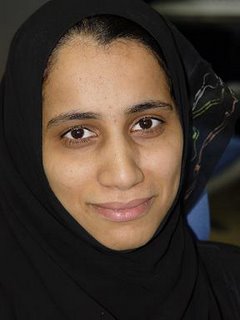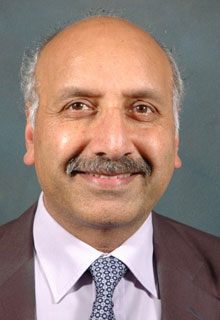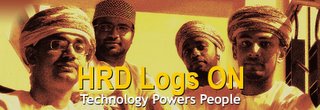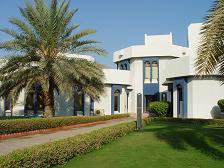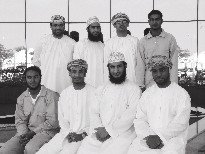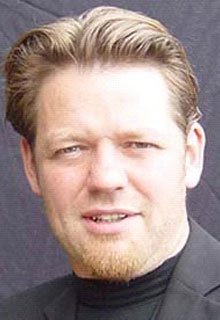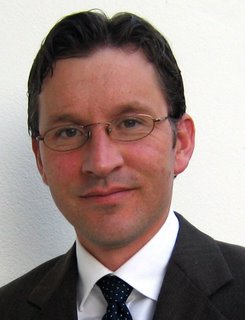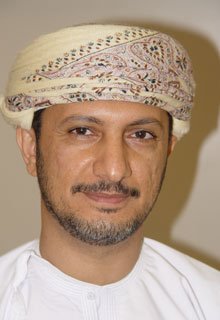PM: In reading about industrial development in China, one often encounters the terms – Economic and Technological Development Zones (ETDZs), High-tech Industrial Development Zones (HIDZs), Free Trade Zones (FTZs) and Export Processing Zones (EPZs). To the new China-hand, this “alphabet soup” may seem daunting and confusing. Can you explain what each of these terms signify and how they differ and can affect a company’s selection of a location?
This is a natural progression of any economy moving forward from agriculture-based to industrialization to knowledge-based economy. I see it in good light that China is increasingly participating in a larger international community, and at the same time, the international community can tap on to the resources China has to offer. These zones offer tax incentives and other benefits that foreign direct investments (FDI) can take advantage of. From a business space perspective which Ascendas plays a role in, these zones are better planned and managed, with better infrastructure and services and they enjoy a higher profile compared to other industrial estates. For example, Ascendas plays a part in the development of Suzhou Industrial Park located west of Shanghai. SIP is an ETDZ where FDI enjoys, for example, income tax exemption for two years and 50% for the next three years. At the same time, the park is well-planned with excellent infrastructure, efficient logistics and customs hubs, and, for human-resource talent growth and retention, it has adopted the Singapore-styled Provident Fund. Investors would find such location ideal for business and knowledge-based workers. The ETDZ and HIDZ are the same but reporting to and supervised by two different ministries. ETDZ reports to MOFCOM while HIDZ to Ministry of Science and Technology. FTZ and EPZ are bonded areas. EPZ is a new version of FTZ but for manufacturing only (without trading).
PM: Today over two-thirds of foreign manufacturing in China is for the domestic market. The second wave of FDI is characterized by a two-fold shift: from low knowledge base industries to medium and highly knowledge-intensive industries and geographically from the coastal and southern areas of the country inward. This seems to indicate a less coastal bound stage of development and a more domestic as opposed to export oriented economy than most other observers have reported. Are these trends clear at this time and how certain is this change in economic development?
China has a huge domestic market one can cater to. A large number of FDI establish itself initially for exports but soon finds the domestic market lucrative as well. At the same time, we see a boom in returning Chinese, a strong pool of well-trained Chinese executives, and a high return of investment in education from the locals. All these combined, coupled with the Government push to expand to the inner cities, give rise to what you have mentioned. Inner cities like Xi’an, Chengdu, Chongqing are developing rapidly not just in manufacturing but in Information Technology as well as IT-enabled Services. Ascendas sees these emerging trends, and as a good service provider, follow our clients there to assist in their developments. A case in point is Infineon who has established in Xi’an’s Ascendas Innovation Hub.
PM: The non-state sector, which consists of private companies, self-employed businesses, shareholding corporations, joint ventures with foreign investment and community-owned rural industries, a great part of which are actually private undertakings, now contributes 74% of industrial output, 62.2% of GDP and more than 100% of the increase in employment. These and other statistics seem to indicate an economy that has already transitioned much more to a private business model than most people outside of China realize. Is this change as deep as the above statistics suggest and in terms of state control of business how different is China today than many European countries in terms of state control and state intervention in the economy?
The State is still playing a dominant role in economic development. However, we see the major SOEs restructure into more profit oriented companies and more core-business focused. Many are listed on the Shanghai or Shenzhen Stock exchanges or even overseas in New York, Singapore and Hong Kong. The telecommunications and banking sectors seems to be taking the lead. Many of the smaller SOEs are also privatised. Many private companies are emerging, especially in the real estate sector and many other industries. Out of the 74% non government owned industrial output, many, we suspect are contributed by foreign-invested companies given the strong FDIs in the last ten years. (suggest you check with Toh Sim on the response to this one)
PM: If you were to give five reasons for a company to consider establishing a factory or a business office in China, what would those reasons be?
I would say the five would be huge market opportunities, availability of raw materials, abundant talents (and affordable), good infrastructure, and low costs of business. But I must caution that it is tough business in China given the strong competition in every area.
PM: How important is an understanding of the regions and provinces of China to a company’s plans in China and how best would you recommend for a company to acquire and build such knowledge into its planning?
Just like anywhere else, local knowledge is an absolute must. This knowledge can be in terms of market dynamics, technological trends, and guanxi (relationship). I would say, first, gather info from resources you can get your hands on, be it publications, seminars, or exhibitions. It would also help for one to talk to experienced investors either from similar industry or those who are operating in locations you want to establish in. Next, build relationships and a circle of influence while working the ground. When it is time to establish a presence there, offices and ready-built facilities are available for lease so that risks are kept low. I believe investing in human resources is important in acquiring and building such knowledge – so be sure to put this into the plan as well. Working with distributors (from city to city) is a good way Multinational Companies can make entry into the market and gather intelligence. Joining trade organizations and chambers of commerce is an excellent networking platform too.
PM: For years, China has been the cheap assembly shop for the world’s shoes, clothes and microwave ovens. Now, it’s laying the groundwork to become a global power in more sophisticated, technology-intensive industries that demand considerable capital. Billions of dollars are flowing into autos, steel, chemical and high tech electronics plants. How will this affect manufacturing in Europe and North America?
China has the advantage of learning from the others and so shortens the learning curve. As one saying goes, it skipped the VCR era straight into CD and DVD. At the same time, its companies have attained a level where they now go on a buying spree. Some say that this is going to be China’s era. The European and North American manufacturers are also expanding into China. They are taking advantage of the opportunities to gain better competitiveness worldwide.
PM: Chinese manufacturing will drag down the profitability of global industries – do you agree with this statement?
One could sell at a lower price but at a lower cost, profitability can still be maintained or even increased. Lower costs, of course, can be achieved with advancement in technology, for example.
